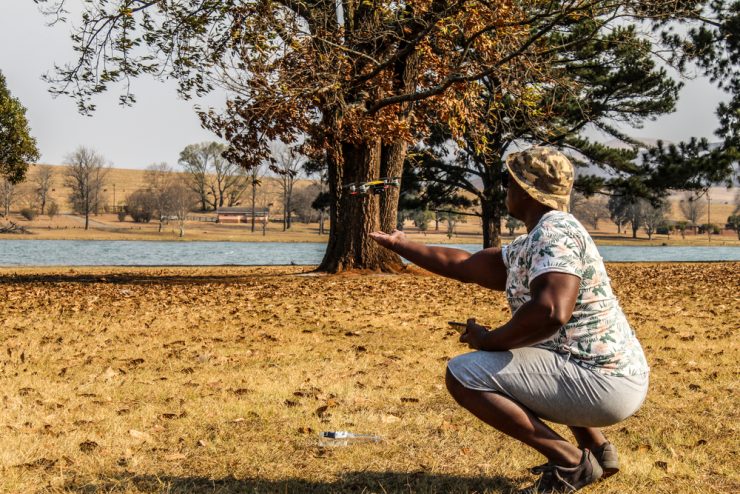By Jenny Beechener
South Africa’s air navigation service provider ATNS presented a foundational Concept of Operations (ConOps) for its Unmanned Air Traffic Management (UTM) system during the webinar hosted by ATNS entitled Harmonising manned and unmanned aviation in a disrupted airspace on 4 November 2020. ATNS’ ATM Operations Systems Specialist Francois Barwise outlined a likely UTM framework in anticipation of ATM community members supporting the establishment of a UTM system to manage Remotely Piloted Aerial Systems (RPAS) in South Africa.
“UTM services will be outsourced to numerous service providers. This way, UTM becomes a commercial function with different financial models available that can be used to recuperate or recover costs,” he explained. The structure and levy of user fees for operating within a UTM still needs to be defined but the aim is to create a sustainable UTM system for South Africa and beyond. He admitted financing development of a UTM system will be a challenge in the current COVID-19 environment, but he anticipates channelling some funds from the current ATM system. “Other aviation stakeholders could be approached for capital investment, for example drone operators, as well as non-aviation stakeholders.”
The framework targets four levels of capability – ranging from low demand less populated areas to higher risk urban environments – aimed at different user applications.
- Capability 1 is designed for agricultural applications, infrastructure monitoring and firefighting. After making an airspace reservation, the drone operator is responsible for contingency measures.
- Capability 2 includes more advanced beyond visual line of sight (BVLOS) operations and is accompanied by a series of rules of the air and procedural requirements. This applies to activities above sparsely populated areas.
- Capability 3 is directed at BVLOS operations and includes interaction with manned air traffic. It includes tracking capability, for example vehicle to vehicle, or vehicle to UTM, and applies to public safety, package delivery and similar commercial operations.
- Capability 4 is designed to support operations in an urban environment and represents the level ATNS is working to achieve. It requires vehicle tracking, internet connection, large scale contingency and mitigation measures.
“We will not be removing the human-in-the-loop for the foreseeable future,” said Francois Barwise. “Demand capacity balancing is a key factor in the approval process. We are looking at corridors that might be established and altitude restrictions that might be imposed.” Depending upon the operation category, different methods of communication are foreseen. “This may involve making an airspace reservation and notifying other operators.” Less populated areas might not require the same onboard tracking capabilities, “in which case cell-phone tracking will play a part.” With only 55% of the country benefiting from cell phone coverage, ADS-B or satellite tracking is expected to underpin the cell phone network in busy environments. “Depending on the requirement, we might need all three methods in dense airspace or areas of high demand.”
Civil Aviation Authority Licensing Inspector Keith Maleho said the next steps involve rolling out South Africa’s drone registration system and building a UTM system based on agreement from key agencies including the department of justice, trade & industry, transport, safety and security and defence. The CAA is looking at setting up trial operations to gather information and apply lessons learned to implement a UTM system tailored to South African requirements.
(Image: Siyabonga Dlamini / Shutterstock.com)




